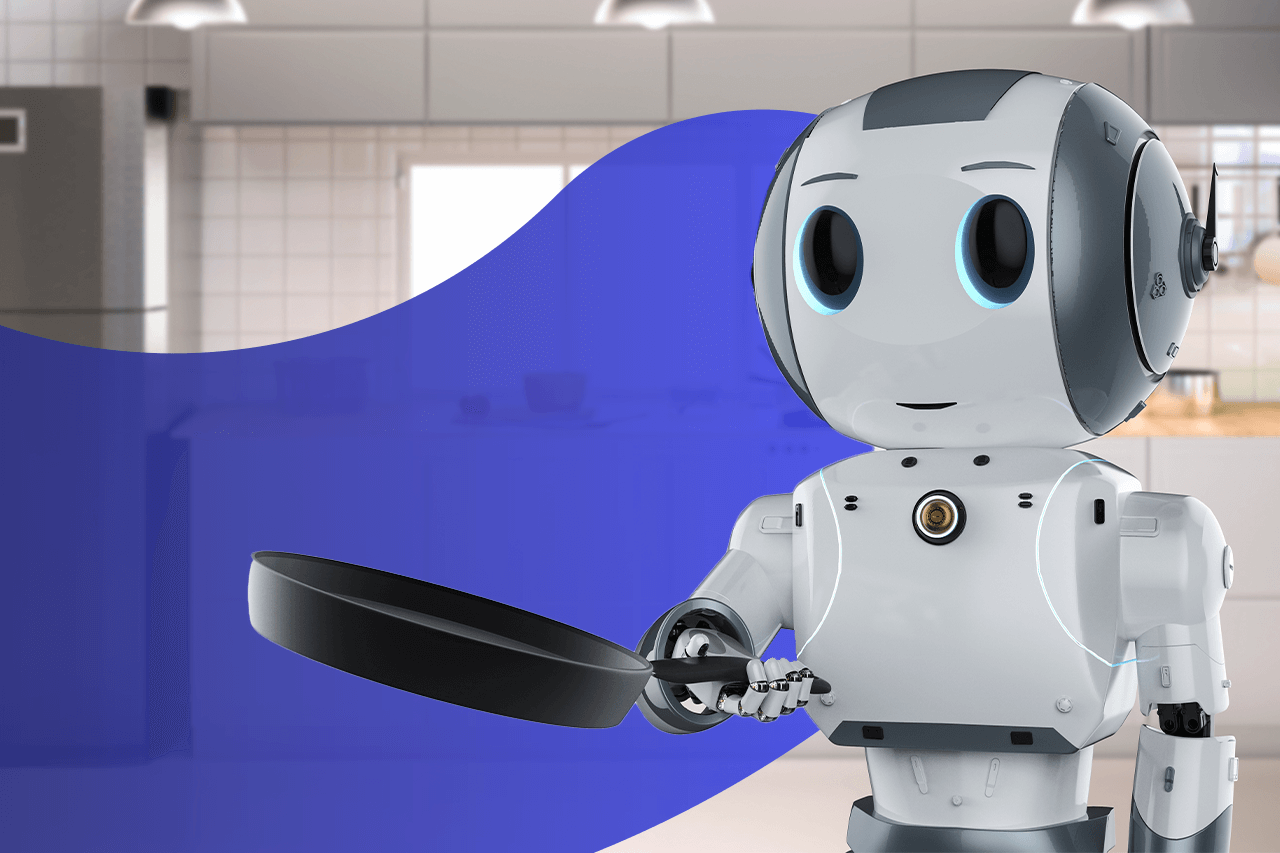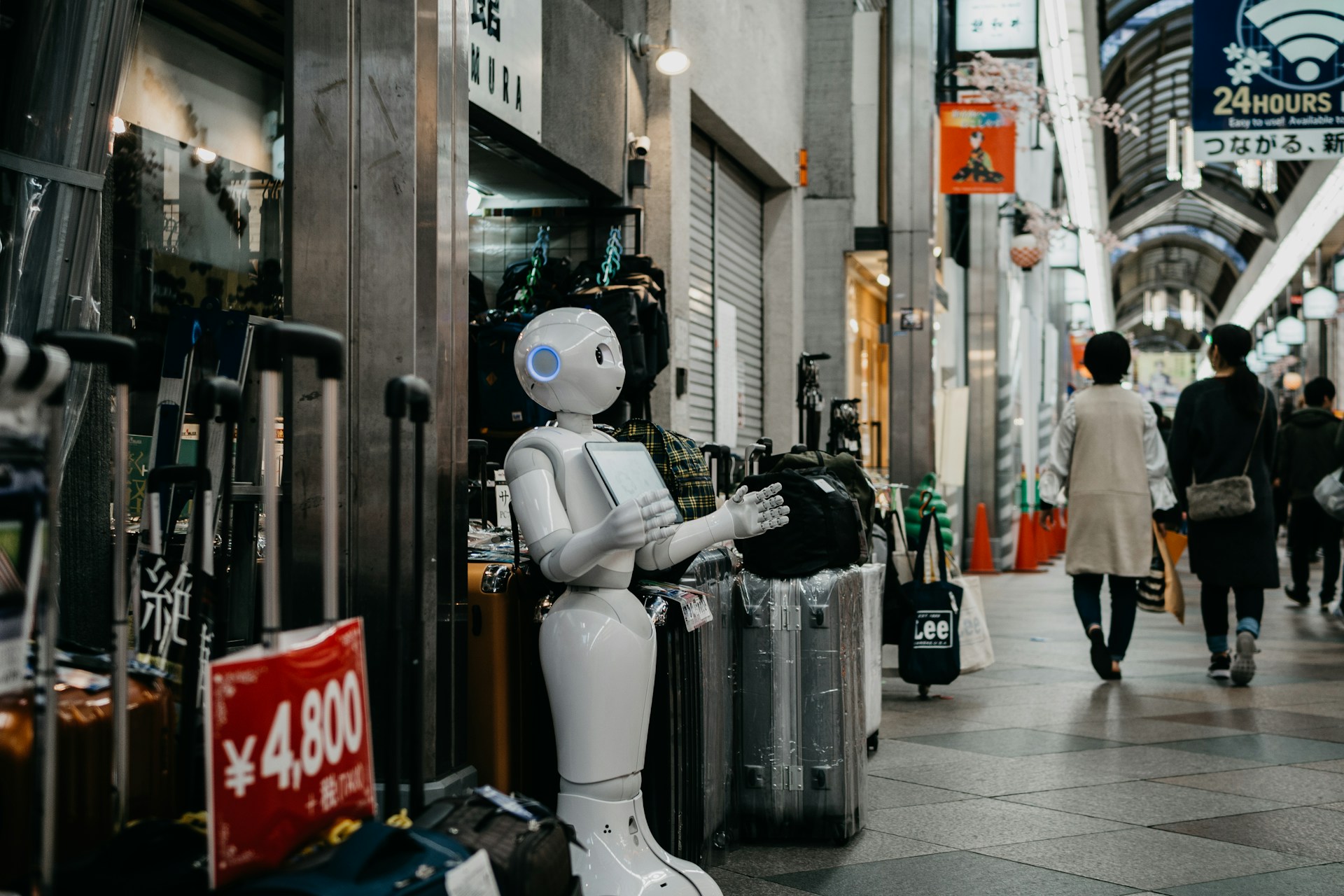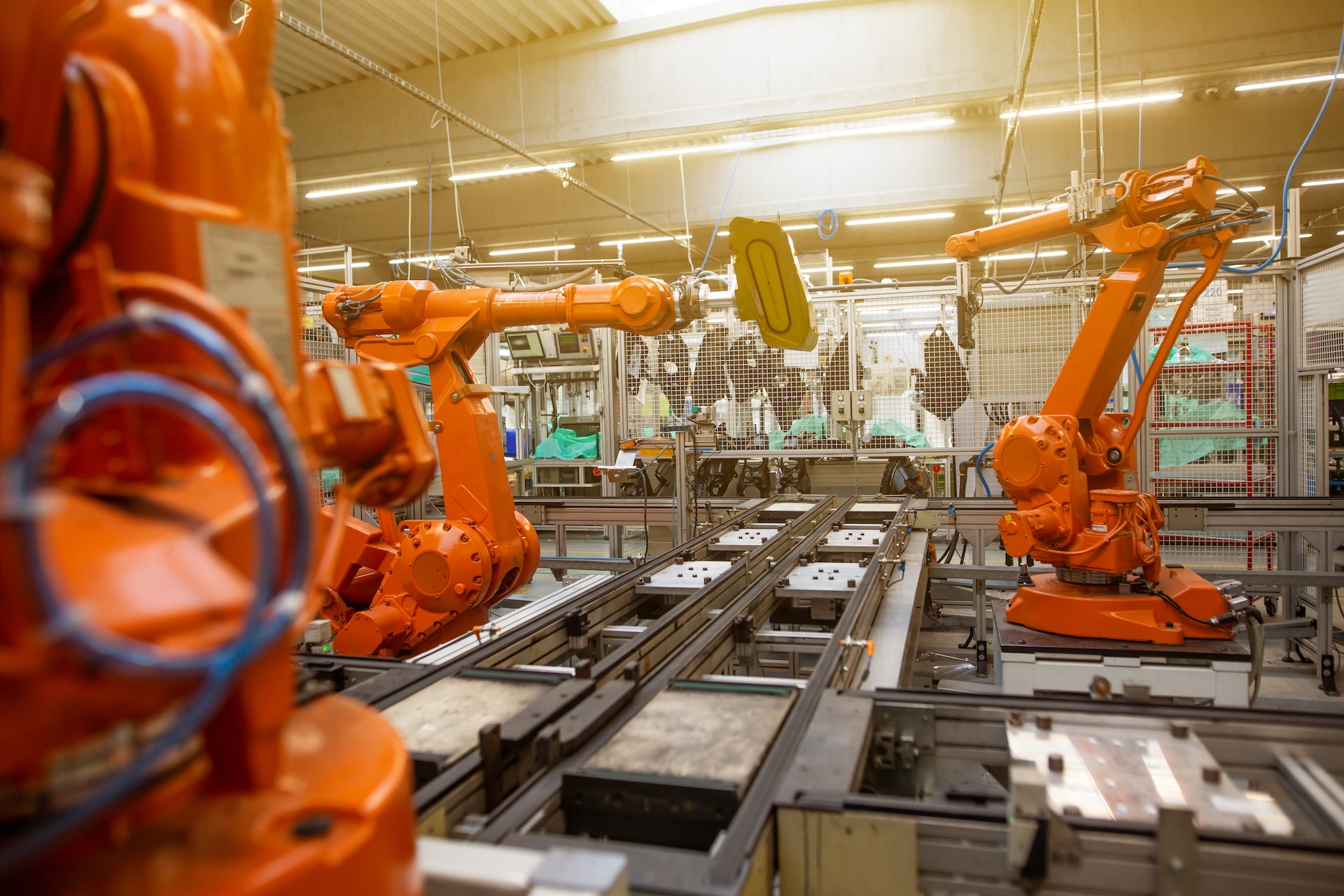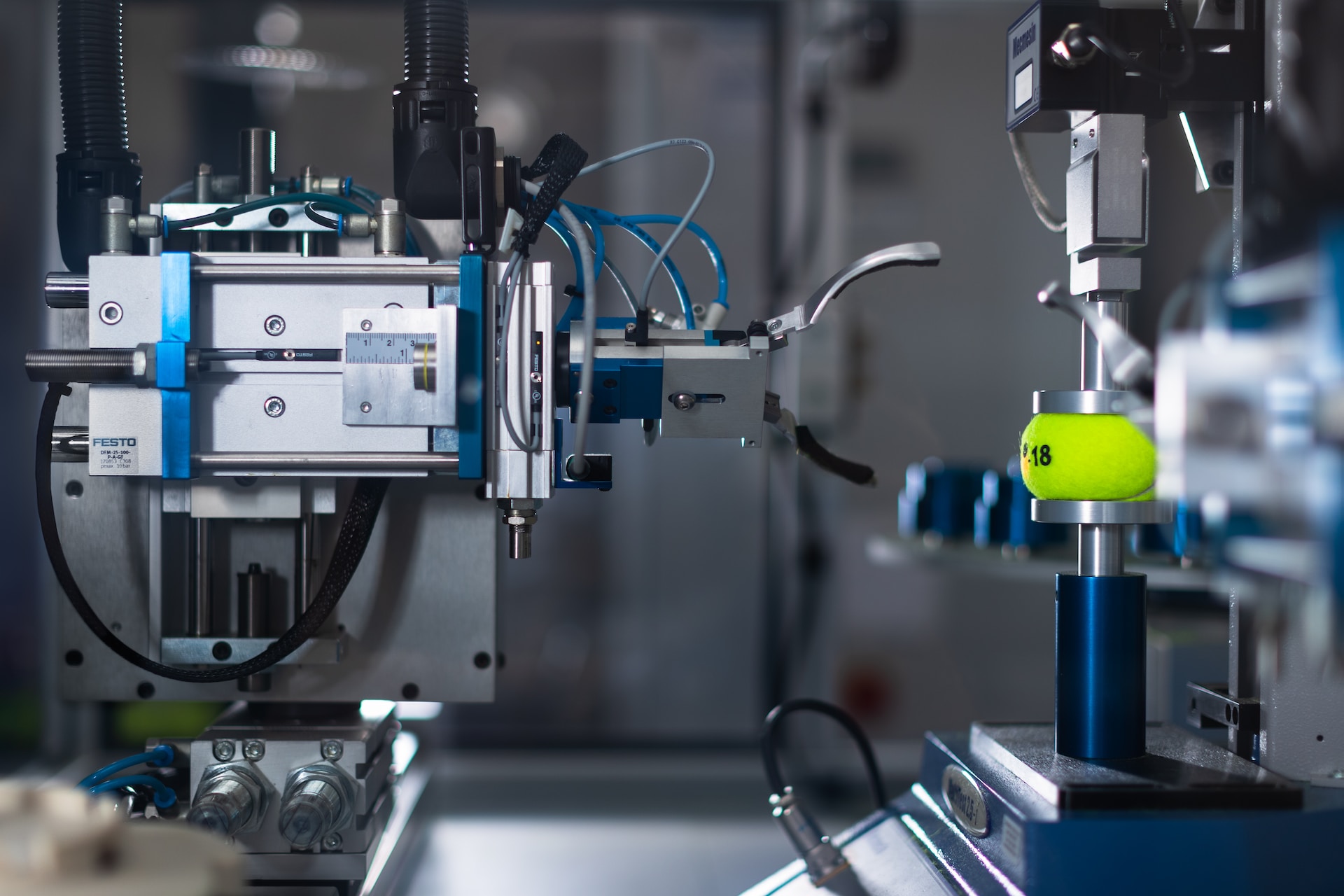
Will Robot Chefs Arrive in a Kitchen Near You?
February 3, 2021 - Emily Newton
Revolutionized is reader-supported. When you buy through links on our site, we may earn an affiliate commision. Learn more here.
Robot chefs are not new developments. However, people are especially interested in them now. Should diners feasibly expect to have robots prepare meals for them soon? How could that affect the livelihoods of talented chefs and other restaurant workers? Let’s take a look.
Saving Time and Boosting Customer Satisfaction
The fast-food industry came about when restaurant owners saw the potential benefits of helping people order meals that tasted reliably delicious. They got fed without getting out of their cars. It’s no surprise that some fast-food restaurants want to bring robot chefs into their kitchens.
In the summer of 2020, White Castle tested a robotic chef at one of its Chicago-area restaurants. It was the first trial associated with a national burger chain. The setup connected the bot to the restaurant’s point-of-service (POS) system. That meant the machine got to work the moment a person ordered. Such synchronization cut down on unnecessary waiting time, giving people their food faster. White Castle representatives hope the robot can eliminate various kinds of waste.
Jamie Richardson, White Castle’s vice president of shareholder relations, explained, “It’s going to save us money in food costs because there will be less waste. The other savings will be in terms of output… that’s going to be helpful…If you maintain speed of service that’s getting a little bit better and a little better, you do see more visits…that’s where we see it having the biggest impact…we’re not looking at this as a way to reduce people power.”
Matching the Fast Pace of Life
Many people have daily obligations spanning from excelling at their jobs to taking care of kids and maintaining healthy relationships. After juggling all that, figuring out which recipes to make and putting forth the effort of creating them turns cooking into a stressful act rather than an enjoyable one.
Numerous company leaders believe that robotic chefs can help. People have hectic schedules, and they’ve got to eat. Letting a robot prepare their food presents a “set it and forget it” approach to food — similar to what made slow cookers so popular decades ago.
Cohan Sujay Carlos founded a robotic cooking company called Mechanical Chef. While getting feedback about early versions of his product, people loved the idea of having more time for themselves rather than standing over the stove to prepare meals.
Carlos explained, “With automated cooking being an option, people could envision setting up the machine and heading out to the gym or spending time with their families without getting up to check on the food. This was a bit of feedback we got repeatedly.”
Another perk was that robotic chef machines typically let users adjust recipes to their preferences. If people want to cut the overall calories, amount of salt or any other variable, they can do that by tweaking a few settings. Microwavable meals and other choices requiring little or no preparation don’t offer that flexibility, and most brands only have relatively small assortments.
Reshaping the Concept of Dining Out
Going out to eat usually involves a waitstaff member taking someone’s order, sending it to the kitchen and bringing the prepared fare back to the table as soon as possible. However, before long, robot chefs could disrupt some parts of that familiar process.
An Illinois restaurant called Mall of India invested in a robotic chef that can make 10 types of cuisine. Options range from Italian to Mexican. Restaurant personnel can add more dishes to the total assortment to match customers’ taste preferences, too. The machine also uses artificial intelligence (AI) to get the job done.
People place their orders in person at the restaurant or through an app. They can also get as specific as they wish, such as asking for extra spices or mentioning their nut allergy to ensure the machine leaves out the peanuts. It’s unlikely these robot-powered restaurants will overtake conventional ones anytime soon.
However, since the machine in this example creates such a wide variety of options, restaurant owners might decide that purchasing it is the ideal way to bring more people into the establishment. For example, diverse dining options please picky eaters. They also appeal to people want to go out to eat but prefer places that give them plenty of choices.
Helping People Who Hate To Cook
Besides the busy schedules making cooking a less attractive activity, some people strongly dislike it no matter what. No amount of cookbooks promising easy, fast recipes can change their minds.
People who live alone are often especially likely to have such viewpoints. Their aversion to cooking makes sense. Cooking can be a lot of work, and it’s hard to justify it for one person. Cleaning the kitchen after whipping up a meal makes cooking less attractive, too.
A British company called Moley Robotics created a robot chef for home use. However, this endeavor goes beyond others.. The product brings robots to the whole kitchen, with the system even capable of grabbing ingredients from the fridge and cleaning up its messes. It was a team effort, with 100 people designing and engineering the product and three award-winning chefs giving input.
The bot has two extensions to mimic human hands, letting the machine cook one of 30 preprogrammed meals. Users can also customize dishes. The company aims to eventually offer a digital collection of 5,000 meals, so users never get bored. If people want to cook occasional meals themselves, the bot features removable utensils for humans to use.
Unleashing Chefs’ Creativity
Most people can’t help but marvel while watching cooking shows highlighting the work of expert chefs. Similar to how skilled hairdressers give their clients remarkable transformations, the world’s best chefs give people renewed appreciation for well-known dishes. Who knew that seasoning could make tomato soup so delicious or a cooking technique would result in such flavorful, tender meat?
Although the best chefs bring creativity to their jobs, they understand that their work features lots of monotonous tasks that don’t require any creative abilities — such as measuring ingredients or chopping vegetables. A robot chef could take care of some of those duties, letting humans spend time on the tasks that give them more enjoyment and satisfaction.
A test kitchen in Montreal, Canada, might give valuable clues about how to make chef careers more rewarding. Inside, a robot chef concocts multiple dishes within 20 minutes, and its database contains instructions for making thousands more. However, the machine does not deep-fry food or wash dishes. Humans must also supervise its processes.
Gunnar Grass, who came up with the idea for this robotic chef, doesn’t want to replace what people do. “The idea is really to complement the human workforce. Essentially, we’re taking out the repetitiveness of human tasks like stirring, stirring, stirring, and leaving humans to do what they’re best at — creativity and dexterity,” he explained.
Watch for the Continued Rise of Robot Chefs
Besides the examples covered here, people can’t overlook how valuable robot chefs could be as nations worldwide deal with the COVID-19 pandemic. These machines could help people socially distance, mainly by reducing the total number of workers in a kitchen at once.
Alternatively, several kitchen staff members may need to self-isolate after hearing that a colleague caught the virus. Then, robotic chefs could keep restaurants open without putting workers or customers in unnecessary danger.
The recent trend towards co-living could boost robot chefs’ popularity, too. Shared housing gives people a mixture of privacy and communal spaces. What if the residents’ kitchen had supplies and equipment for people who want to cook food themselves and those who would prefer to let robots do the work? Many co-living facilities attract people with state-of-the-art fitness centers and smart home gadgets, so a robot in the shared kitchen fits with the typical amenities.
As robot chefs become both more advanced and available, people will have more opportunities to see them in action. The future is now. These innovations align with how people like to spend their time and enjoy their meals.
Revolutionized is reader-supported. When you buy through links on our site, we may earn an affiliate commision. Learn more here.
Author
Emily Newton
Emily Newton is a technology and industrial journalist and the Editor in Chief of Revolutionized. She manages the sites publishing schedule, SEO optimization and content strategy. Emily enjoys writing and researching articles about how technology is changing every industry. When she isn't working, Emily enjoys playing video games or curling up with a good book.




